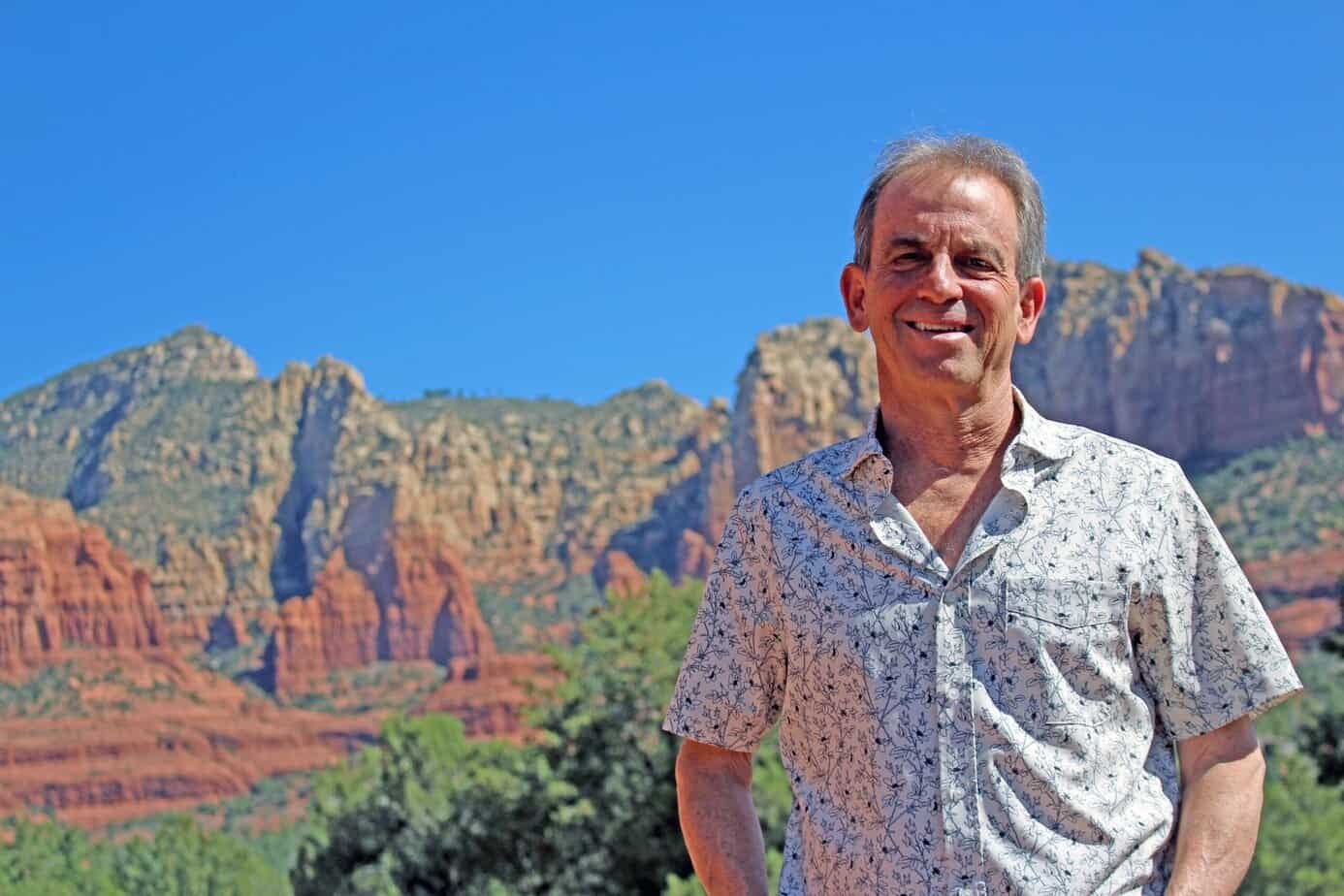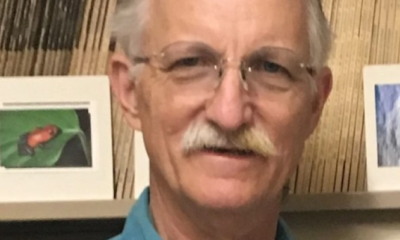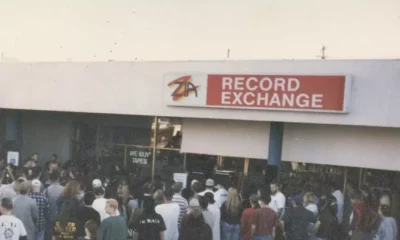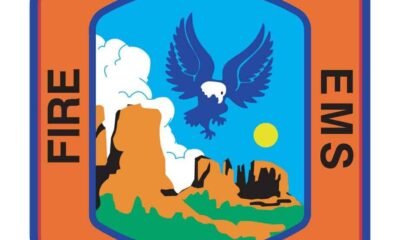Human Interest
Weintraub Unveils 40 Years of Groundbreaking Discoveries in Sedona Archaeology

The Sedona Heritage Museum wrapped up its spring Sedona Stories speaker series on April 10 with a presentation titled “Forty Years Documenting Sedona’s Cultural History.” The speaker, Neil Weintraub, is a retired archaeologist who worked with the U.S. Forest Service. He shared insights from his extensive career, recalling his first experience in Sedona back in 1985 while working in collaboration with the Iowa-based Grinnell College Archaeological Field School.
Weintraub, initially aspiring to be a math teacher, unexpectedly found himself drawn to archaeology while taking anthropology courses. He reminisced about a pivotal summer excavation at Lizard Man Village, where he encountered the challenges of high-altitude running. “My first run … I was asphyxiating,” he recalled, marking the start of a long-lasting passion sparked by uncovering ancient artifacts.
His archaeological career began as a research assistant at the Museum of Northern Arizona in 1986, progressing to an archaeologist role with the U.S. Forest Service by 1990. Weintraub dedicated much of his work to ensuring compliance with the National Historic Preservation Act of 1966 and the National Environmental Policy Act of 1969, among other regulations.
“Learning from traditional knowledge was incredibly rewarding,” he noted, highlighting collaborations with Indigenous peoples, including spring restoration efforts alongside the Hopi tribe. Another significant moment in his career involved excavating Tim’s Cave, where he discovered three Southern Sinagua pots, a remarkable find that made headlines in 1991.
Weintraub reflected on the discovery process. “Usually, you find just one pot in a cave. Finding a group suggests they were all used for a major purpose,” he explained. This discovery offered a unique glimpse into the lives of the people who inhabited the area centuries ago.
His career also included documenting 72 archaeological sites in Boynton Canyon, utilizing aerial photographs from 1972. This project aimed to establish a baseline for the area’s archaeological significance as threats of vandalism and illegal digging became more prevalent. “We were already seeing people digging,” he pointed out, emphasizing the need for better signage to protect these sites.
Today, Weintraub continues to contribute to the preservation of cultural heritage as a volunteer site steward with the Arizona Site Steward Program, alerting land managers to issues of looting and vandalism. His efforts reflect a commitment to safeguarding the rich history of the region for future generations.


















